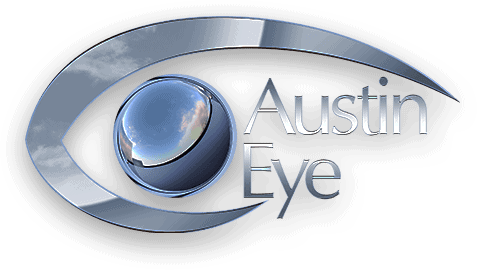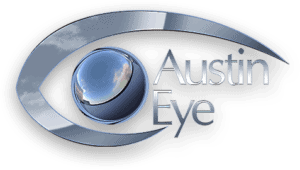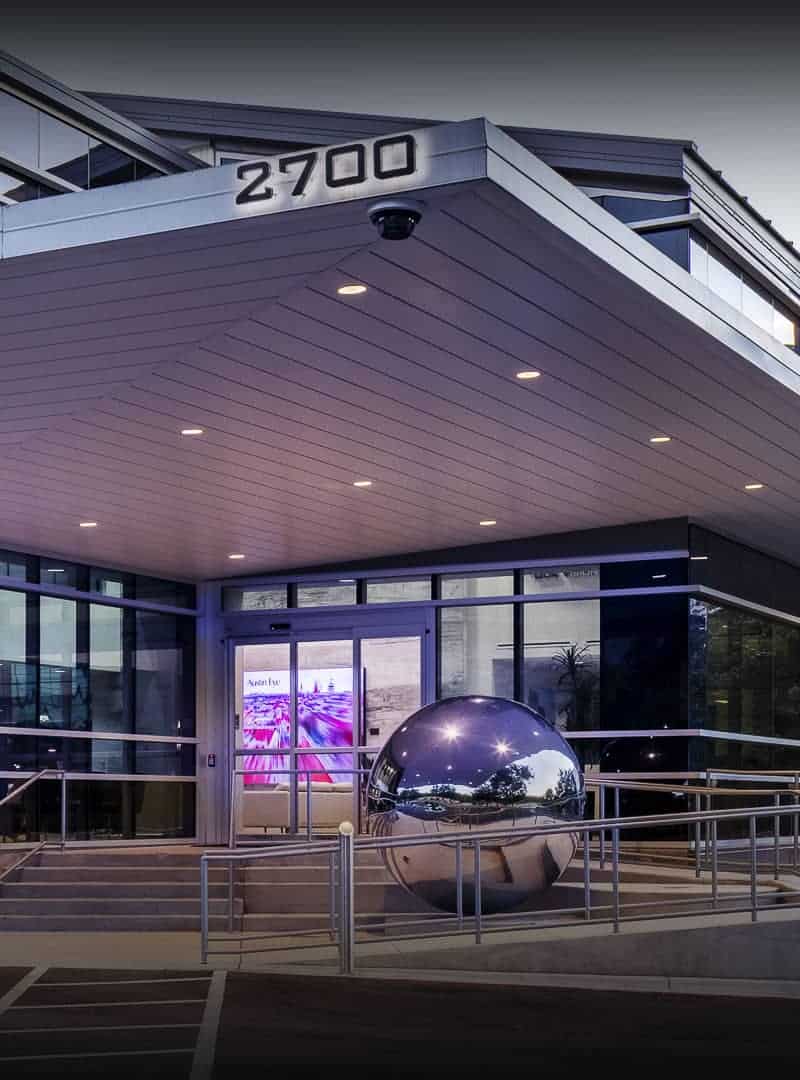 According to the latest statistics from the U.S. Consumer Product Safety Commission, fireworks were associated with an estimated 11,100 injuries requiring emergency room treatment in 2016 (2017 statistics have yet to be released). June 1 to July 4 is Fireworks Safety Month, a campaign designed to educate the public on the dangers of fireworks.
According to the latest statistics from the U.S. Consumer Product Safety Commission, fireworks were associated with an estimated 11,100 injuries requiring emergency room treatment in 2016 (2017 statistics have yet to be released). June 1 to July 4 is Fireworks Safety Month, a campaign designed to educate the public on the dangers of fireworks.
In honor of Fireworks Safety Month, the vision experts at Austin Eye would like to share additional statistics from the report, and guidelines on how to handle fireworks and injuries.
Statistics on Firework Injuries
Of the estimated 11,100 fireworks-related injuries treated in emergency rooms in 2016, 7,600 of those injuries occurred during the period of June 18 to July 18. During this time:
- Sixty-one percent of firework-related injury victims were male and 39 percent were female.
- Thirty-one percent were children younger than age 15.
- Adults age 20 to 24 had the highest estimated rate of emergency room-related, fireworks-related injuries.
- Children younger than age 5 had the second highest rate of emergency room-related, fireworks-related injuries.
- Approximately 1,300 emergency room-related injuries were associated with firecrackers, 900 with sparklers and 400 with bottle rockets.
The body parts injured the most with fireworks were:
- Hands and fingers (33 percent)
- Head, face and ears (20 percent)
- Legs (18 percent)
- Eyes (9 percent)
- Arms (8 percent)
Burns were the most common type of injury to all body parts listed above, except the eyes. The most common fireworks-related injuries to the eyes were contusions, lacerations and foreign bodies.
Fireworks Safety Tips
The best way to prevent a serious (and potentially blinding) fireworks injury is by attending a professional public fireworks show instead of purchasing fireworks for home use. If you do choose to purchase fireworks, the American Academy of Ophthalmology advises the following:
- Wear protective eyewear when handling fireworks
- All bystanders should wear eye protection
- Lighting of professional-grade fireworks should be left to trained pyrotechnicians
- Never let young children play or handle fireworks of any type
In case of a fireworks-related eye injury, seek medical attention immediately. Do not rub or rinse your eyes, and do not apply pressure or ointments to the eye.
Contact Austin Eye Today
To hear more tips about keeping your eyes safe and healthy, please schedule an appointment with Austin Eye. Call our North office at (512) 250-2020 or our Central office at (512) 454-2020.







